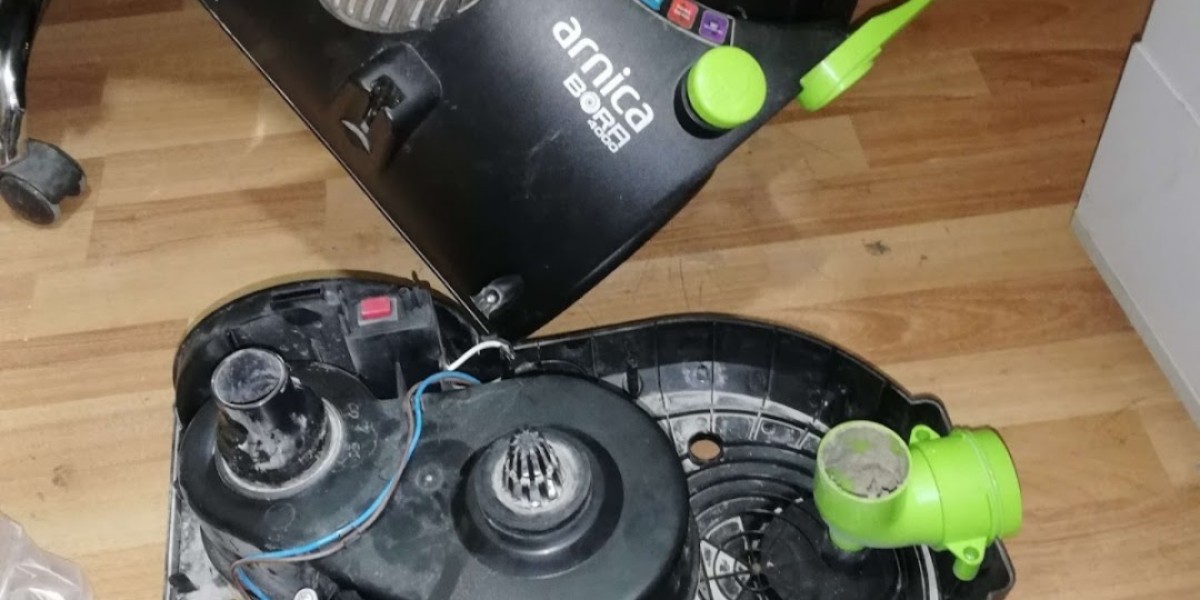When it comes to any successful plastering project, the quality of plaster supplies plays a crucial role. Selecting the right materials can enhance durability, aesthetic appeal, and overall project efficiency. In this article, we delve into the essential plaster supplies, exploring their types, applications, and best practices for usage.
Understanding Plaster and Its Varieties
Plaster is a versatile building material used for coating walls and ceilings, creating decorative elements, and even as a medium for sculptures. The primary types of plaster include:
1. Gypsum Plaster
Gypsum plaster, also known as plaster of Paris, is composed of gypsum mineral. It is favored for its quick setting time and smooth finish. Gypsum plaster is ideal for interior applications, particularly in residential and commercial buildings. Its fire-resistant properties make it a popular choice for safety-conscious projects.
2. Lime Plaster
Lime plaster is made from lime, sand, and water. It has been used for centuries and is appreciated for its breathability, which allows moisture to escape, reducing the risk of mold. Lime plaster is commonly used in historic restoration projects, as it matches the traditional materials and methods.
3. Cement Plaster
Cement plaster is a mixture of cement, sand, and water. It is known for its strength and durability, making it suitable for both interior and exterior applications. This type of plaster is often used in construction for rough finishing and protective coatings on masonry surfaces.
4. Acrylic and Polymer Plasters
Acrylic and polymer plasters are modern alternatives that offer flexibility and resistance to cracking. These materials are ideal for applications requiring a high degree of movement, such as in areas prone to temperature fluctuations.
Essential Plaster Supplies for Your Project
1. Base Materials
Selecting high-quality base materials is paramount for achieving optimal results. Key base materials include:
Gypsum Powder: The primary ingredient in gypsum plaster, available in various grades for different applications.
Lime: Hydrated lime or quicklime is essential for lime plaster formulations.
Cement: Ordinary Portland cement is commonly used in cement plaster mixes.
2. Aggregates
Aggregates such as sand or gravel are mixed with plaster base materials to enhance texture and workability. The choice of aggregate size can influence the finish and strength of the plaster. Fine aggregates are used for smooth finishes, while coarser aggregates can provide additional strength.
3. Additives and Admixtures
To improve the properties of plaster, various additives can be included:
Retarders: Slow down the setting time, allowing for extended workability.
Accelerators: Speed up the setting time for quick applications.
Fibers: Reinforce plaster to enhance tensile strength and reduce cracking.
4. Tools and Equipment
Having the right tools is essential for applying plaster effectively. Common tools include:
Trowels: Essential for smoothing and applying plaster.
Mixing Buckets: Ensure uniform consistency in plaster mixtures.
Hawks: Help in carrying plaster while applying it to surfaces.
Finishing Tools: Such as floats and brushes, for achieving desired textures.
Best Practices for Applying Plaster
1. Surface Preparation
Proper surface preparation is vital for ensuring good adhesion of plaster. The substrate should be clean, free of dust, and adequately dampened before application. This helps the plaster bond effectively, reducing the likelihood of cracking or peeling.
2. Mixing Plaster
Follow the manufacturer’s instructions for mixing plaster to achieve the right consistency. Use clean water and a mechanical mixer if necessary to ensure an even mixture without lumps. Consistency should be creamy but not too runny.
3. Application Techniques
The technique used during application significantly affects the final finish. Here are some tips:
First Coat: Apply the first coat evenly using a trowel, ensuring it fills any gaps or imperfections.
Second Coat: Once the first coat has partially set, apply a second coat for added thickness and durability.
Finishing Touches: After the second coat, use a float or brush to achieve the desired texture.
4. Curing and Drying
Allow the plaster to cure properly, which involves keeping it moist for the first few days to prevent rapid drying and cracking. Protect it from direct sunlight and wind during the curing process.
Choosing the Right Supplier
Selecting a reliable supplier for your plaster supplies can make a significant difference in project quality. When choosing a supplier, consider:
Reputation: Look for suppliers with positive reviews and a solid track record in the industry.
Product Range: Ensure they offer a comprehensive range of materials and tools required for your specific plastering needs.
Customer Support: A knowledgeable team can provide guidance on product selection and usage.
Conclusion
In conclusion, the quality of plaster supplies is fundamental to the success of any plastering project. By understanding the types of plaster, selecting the right materials, and following best practices during application, you can achieve superior results. Partnering with a trusted supplier like Plastering Supplies will further enhance your project’s quality, ensuring long-lasting and aesthetically pleasing finishes. Whether you're embarking on a small renovation or a large-scale construction project, prioritizing the right plaster supplies will pave the way for excellence.







